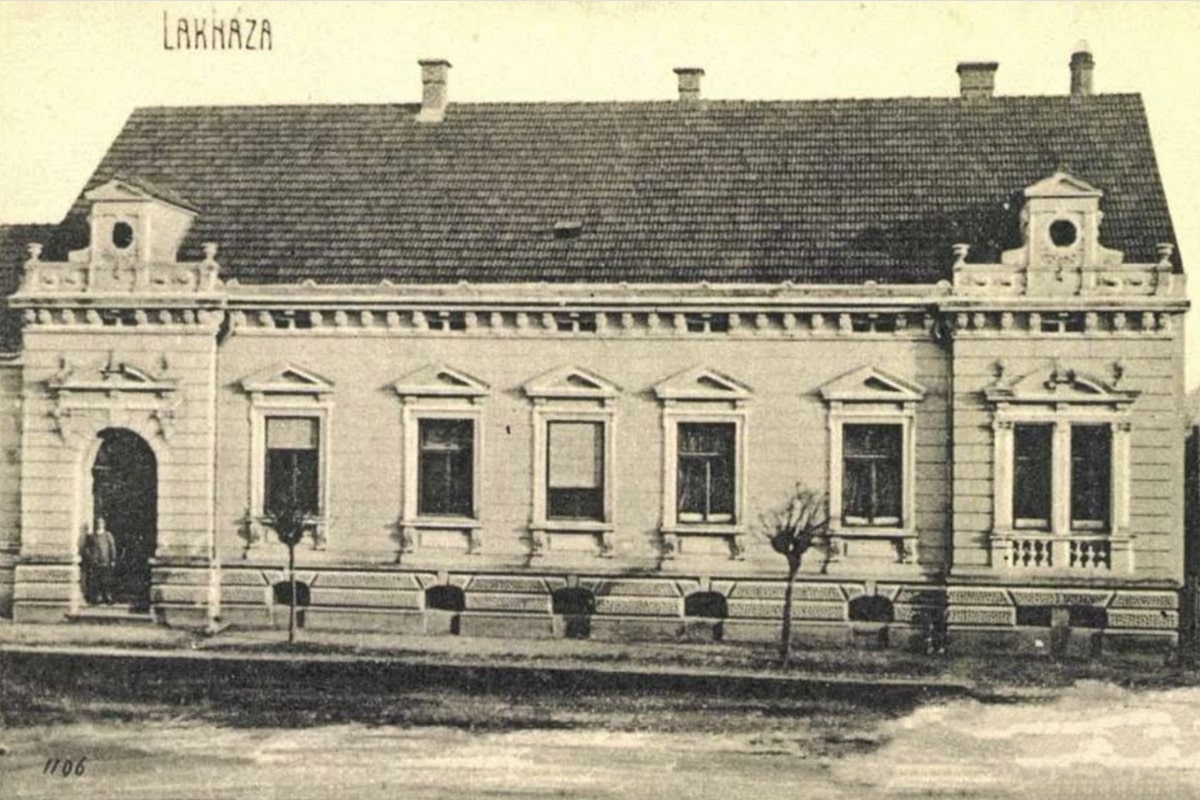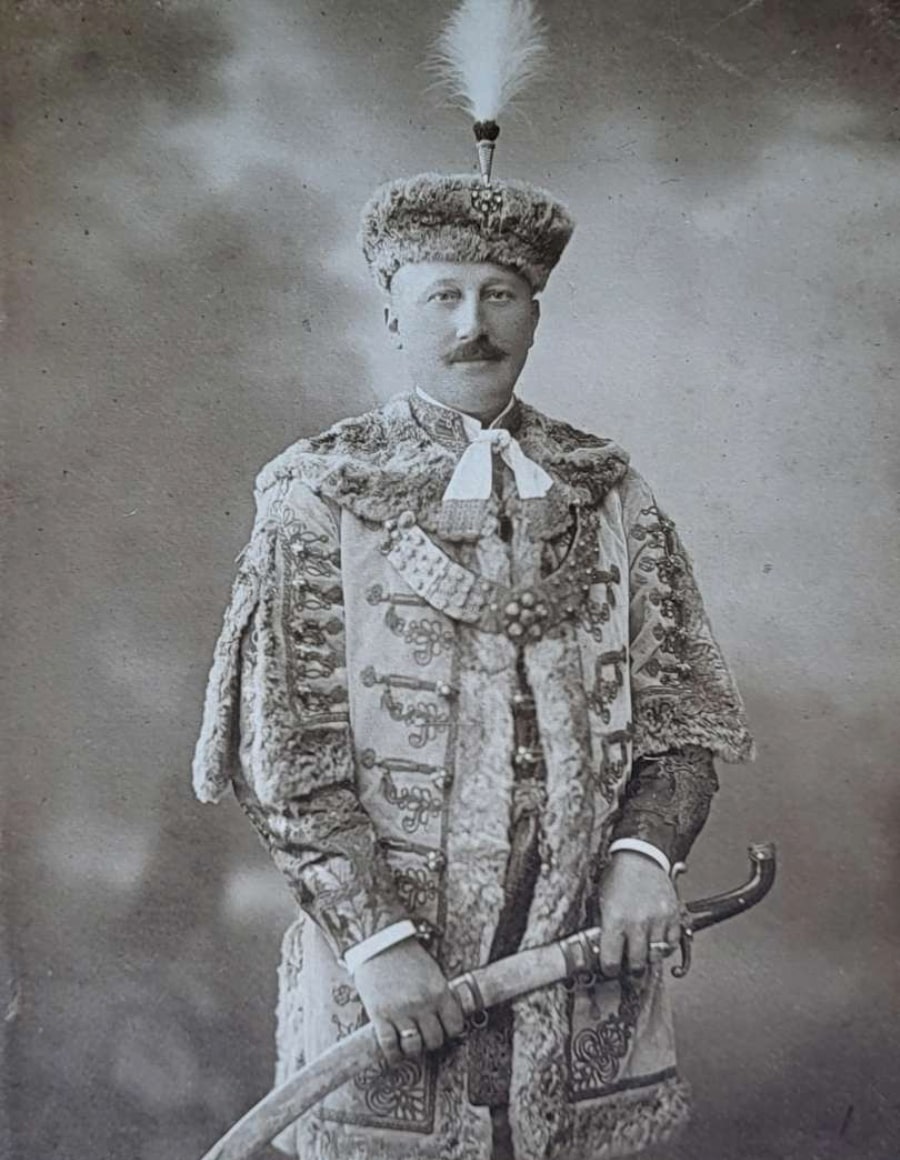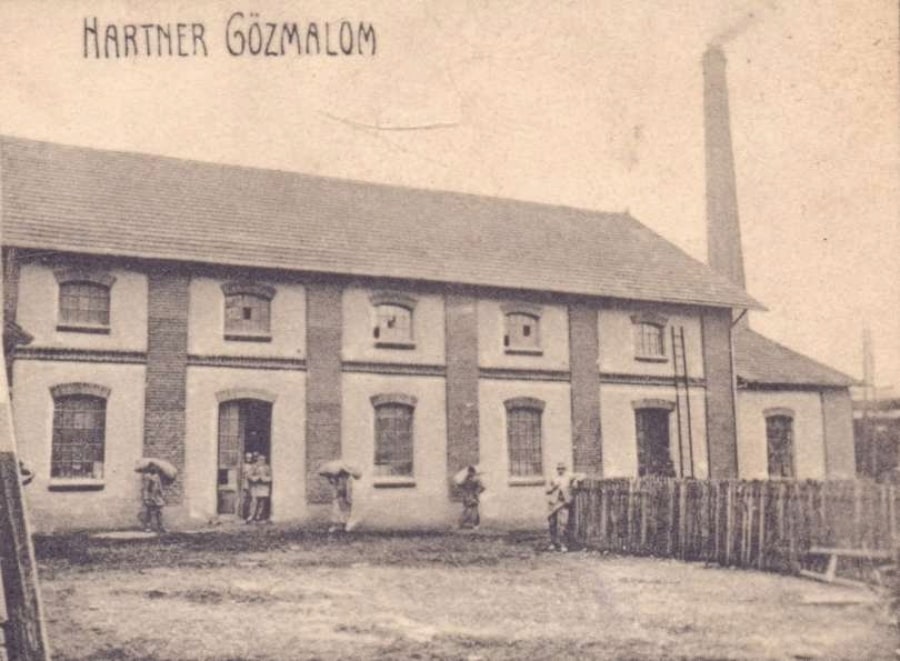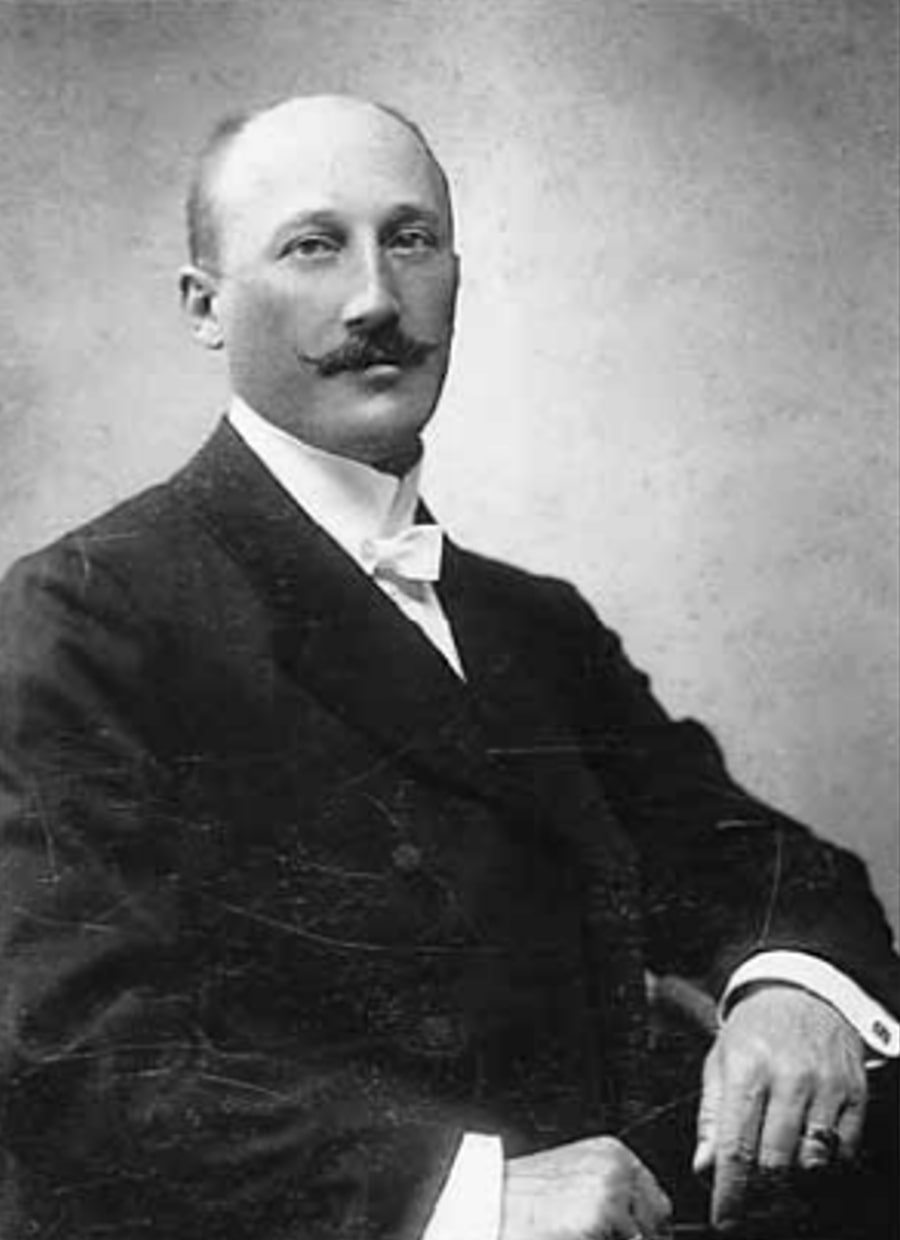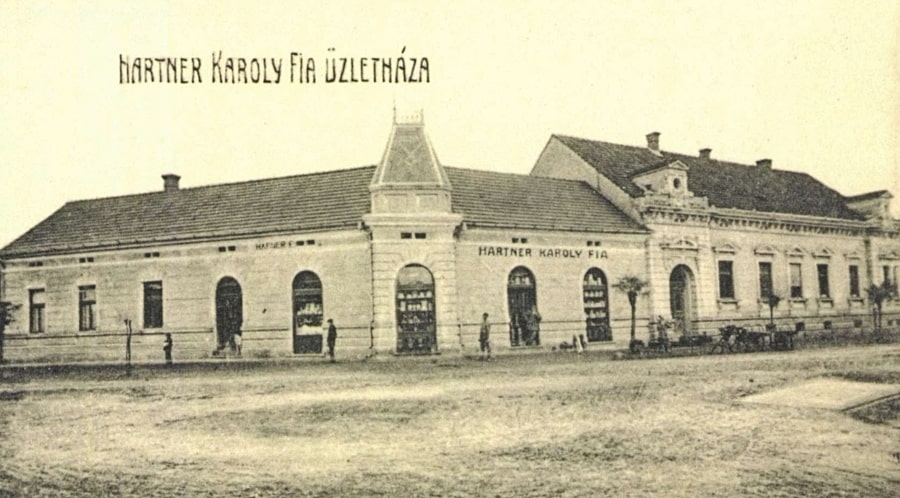

Jožef Benkő
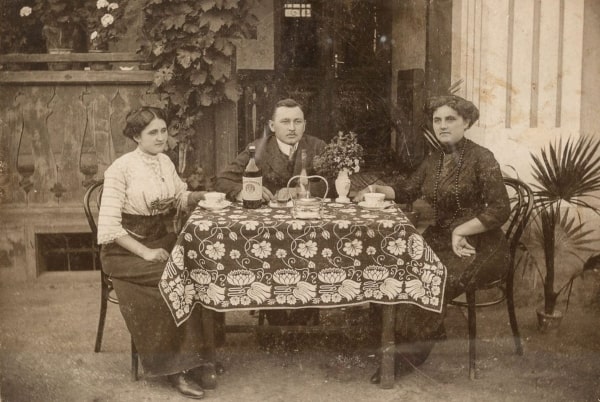
Jožef Benkő was a Slovenian industrialist, landowner, and politician, who was born July 3, 1889, in Tešanovci, Austria-Hungary, as the son of Štefan Benko and Terezija. He was baptized four days later, on July 7, in the Evangelical church in Pucon, and he was godfathered by the notary Gregor Luthar and Marija Obal. Benko's parents were married on May 17, 1885. Josip Benko was a leading factory in Prekmurje (at that time Hungary) between the two world wars. The beginnings of the slaughterhouse-meat processing industrial plant and trade in livestock, meat, and meat products date back to 1913; the protocol of the Josip Benko Meat Products Factory was completed in 1922. In 1919, he financially supported the proclamation of the Murska Republic. He joined the National Radical Party. He was connected to the Serbian capital and Milan Stojadinović. As a regime man, he had guaranteed permits for large contingents of livestock exports; he exported livestock, meat, and meat products to Germany, Austria, Italy, the United Kingdom, and Czechoslovakia. His industrial plant decisively stimulated the development of animal husbandry in Pomurje. In 1926, he became the manager of the Sobos municipality. At that time, he founded the Credit Cooperative for Trade and Crafts, which in 1931 was transformed into the Credit Bank. In 1927, he was elected mayor of Murska Sobota, and in July 1930, he was appointed to the first composition of the Ban Council of the Drava Banovina. He ran unsuccessfully in the 1923 parliamentary elections, and in the 1931 elections, he was elected on Živković's list, and in the 1935 elections on Jevtić's. Materially and otherwise, he supported fire brigades, Sokole, and national events and maintained the Sobo brass band. He was the publisher of the weekly Muravidék and for many years the elder of the fire parish of the Mursko Sobog area, the president of the Association of Meat Product Industrialists, the president of the Prekmurski hunting association, and the inspector of the Evangelical seniority. After the end of the war in 1945, he was expropriated and sentenced to death in a staged trial.
